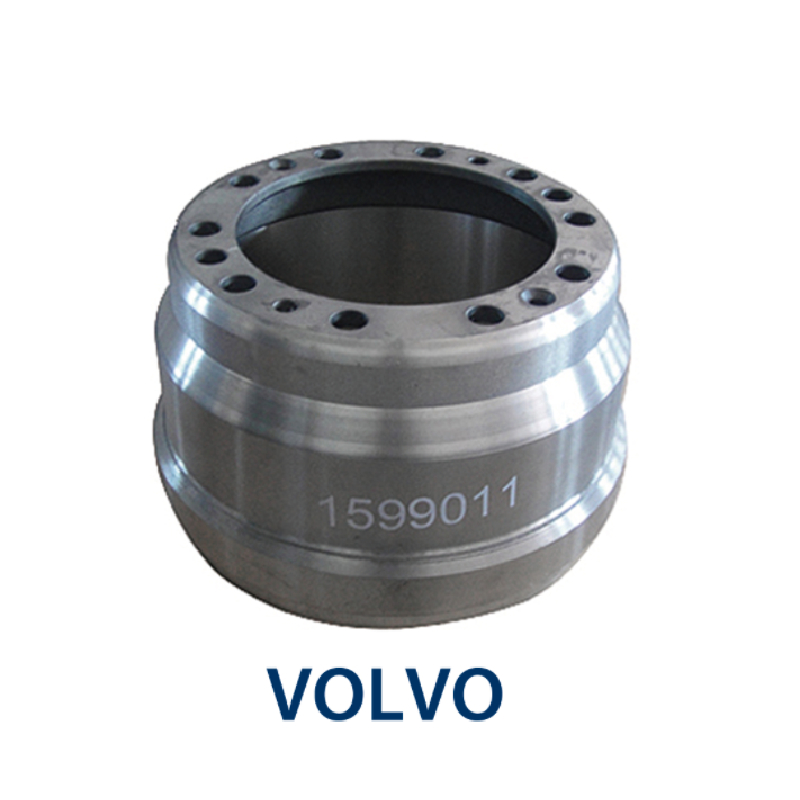Oct . 21, 2024 18:26 Back to list
Understanding Commercial Brake Drums and Their Importance in Vehicle Safety and Performance
Understanding Commercial Brake Drums Importance, Types, and Maintenance
Commercial brake drums play a crucial role in the safety and efficiency of heavy vehicles, such as trucks, buses, and trailers. They are part of a drum brake system, which has been a reliable braking solution for many years, particularly in commercial applications. Understanding the design, types, maintenance, and significance of brake drums can help vehicle operators ensure optimal performance and longevity in their braking systems.
What Are Commercial Brake Drums?
Brake drums are cylindrical devices that house brake shoes and act as a friction surface when force is applied to the brakes. When the brake pedal is pressed, the brake shoes expand, pressing against the inner surface of the drum, creating friction that slows down or stops the vehicle. This type of braking system is favored in heavier vehicles due to its robustness and reliability under high-stress conditions.
Types of Brake Drums
There are several types of brake drums used in commercial vehicles
1. Cast Iron Brake Drums These are the most commonly used due to their durability and excellent heat dissipation capabilities. Cast iron is capable of withstanding high temperatures generated during braking, making it ideal for heavy-duty applications.
2. Aluminum Brake Drums While not as common, aluminum drums are lighter than cast iron and can offer improved fuel efficiency. However, they may not be suitable for all heavy-duty applications, especially in environments where high braking temperatures are frequent.
commercial brake drums

3. Composite Brake Drums These are made from a blend of materials to combine the lightweight properties of aluminum with the strength of cast iron. They are designed for specialized applications where weight savings are critical.
4. Ventilated Brake Drums Ventilation holes are incorporated to improve cooling. These are particularly effective in preventing brake fade during prolonged use, such as in mountainous terrain.
Importance of Maintenance
Regular maintenance of commercial brake drums is vital for safety and performance. Over time, brake drums can experience wear due to friction and heat, leading to issues such as
- Warping Excessive heat can cause drums to warp, leading to uneven wear and potential brake failure. - Cracking High-stress conditions can lead to cracks in the drum, which can severely impair braking performance. - Corrosion Especially in regions where salt is used on roads, corrosion can weaken drums over time.
Routine inspections should include checking for signs of wear, measuring the drum width, and ensuring that the surface remains smooth. If a drum shows signs of significant wear or damage, it is essential to replace it before it compromises safety.
Conclusion
In conclusion, commercial brake drums are integral components of heavy vehicle braking systems, providing the necessary stopping power for safety in transport operations. Understanding the various types of brake drums and their maintenance requirements is crucial for operators. By ensuring regular inspections and timely replacements, commercial vehicle operators can significantly enhance their vehicles' safety, efficiency, and reduce the risk of breakdowns. Investing in high-quality brake drums and adhering to maintenance guidelines will ultimately pay off in reliability and performance on the road. Whether operating a fleet of trucks or managing a single commercial vehicle, prioritizing brake drum care is essential for every responsible operator.
-
HINO Industrial Solutions - ¡Ң���ຽ��е��������˾ | Advanced Efficiency&Customization
NewsJul.13,2025
-
HINO Industrial Efficiency Solutions - ¡Ң���ຽ��е��������˾
NewsJul.13,2025
-
HINO Industrial Solutions - ¡Ң���ຽ��е��������˾ | Advanced Technology&Reliability
NewsJul.13,2025
-
HINO Industrial Efficiency-Jiangsu Hino Industrial|Productivity Optimization&Cost Reduction
NewsJul.12,2025
-
HINO-¡Ң���ຽ��е��������˾|Advanced Industrial Solutions&Energy Efficiency
NewsJul.12,2025
-
Premium Brake Drum Iveco – Durable Drum Brake Drum & Brake Shoe Solutions
NewsJul.08,2025
